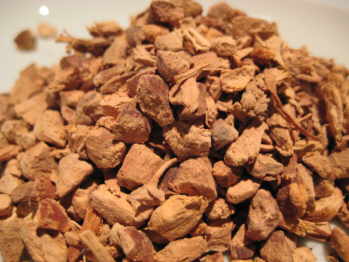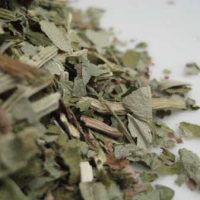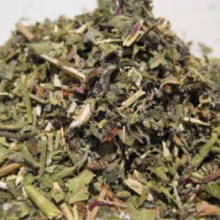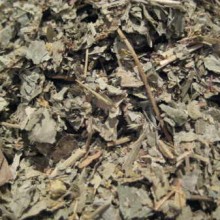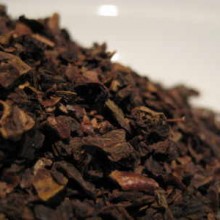Galangal (Galanga languas) is a rhizome with culinary and medicinal uses, best known in the west today for its appearance in Southeast Asia cuisine but also common in recipes from medieval Europe.
It resembles ginger in appearance but it tastes unlike ginger completely. In its raw form, it has a soapy, earthy aroma and a pine-like flavour with a faint hint of citrus.
also known as Blue Ginger, Laos (its Indonesian name), Galanggal, and, somewhat confusingly, Galingale,
Traditional Uses of Galangal:-
A mixture of galangal and lime juice is used as a tonic in parts of Southeast Asia. It is said to have the effect of an aphrodisiac, and act as a stimulant.
The plant is grown in most Southeast-Asian countries, but was first harvested for use in cooking and medicine in China and Java.
Galangal is prescribed today by homeopathic practitioners, veterinarians, and other health care professionals and natural healers. It has been found effective as a remedy for the following ailments and conditions:
indigestion and stomach complaints
seasickness and motion sickness, including nausea
ulcers and inflammation of the stomach
rheumatism
colds, flu, and fevers
dementia
bad breath
poor blood circulation, especially in hands and feet
History of Galangal:-
By the Middle Ages, Galangal was already in common use throughout Europe. Referred to as “the spice of life” by St. Hildegard of Bingen (1098-1179), Galangal was, in fact, one of her favourite remedies. This famous herbalist used it to treat everything from deafness and heart disease to indigestion.
During the 13th-14th centuries, the spice was used by the Turkic peoples (who occupied much of present-day Russia) as a tea, and by the Arabs as a stimulant for their horses. It was used extensively throughout the East as a snuff for nasal infections, and in both Europe and Asia as an appetite stimulant and aphrodisiac.
Today, it is still in use in Russia, where it is used to make vinegars as well as liqueurs. It also has a thriving market in India, where it is not only valued as a spice but also as a perfume to make deodorants.

